Aging Athletes - Why CrossFit is a MUST
As we age, there are some things that are inevitable. Among many the common belief is that as we age our ability to perform work diminishes. And when that happens we are alright with it. Well I say screw that!!!
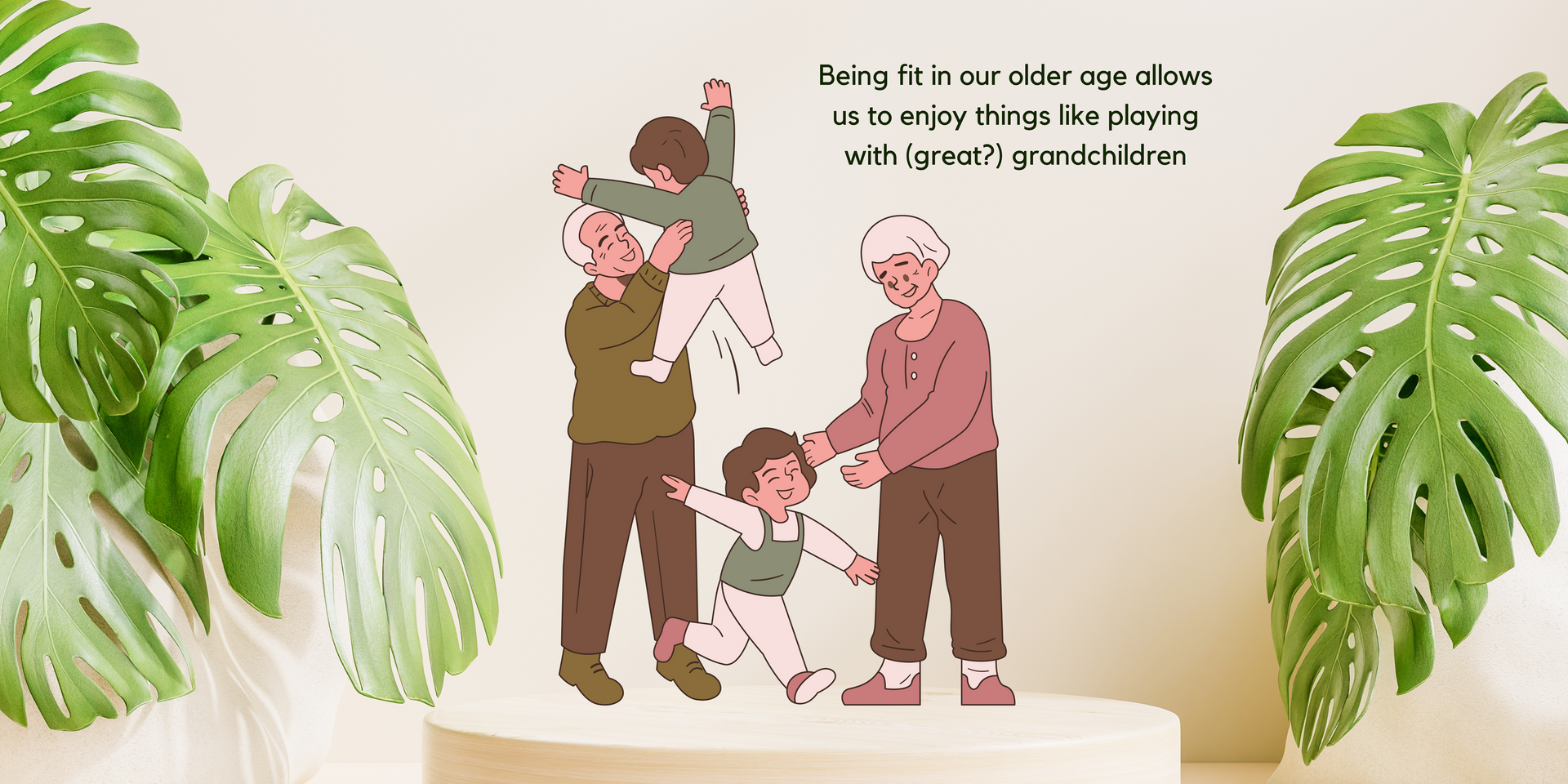
There are a lot of myths in regard to the aging athlete. What they can and cannot do, or what they should be allowed or not allowed to do. Before that, I want to make it clear who is an “aging athlete”. I also want you to know that I am pulling information directly from the CrossFit Masters Training Guide which they use as a teaching guide for the CrossFit Education Course “Coaching the Aging Athlete”. An “aging athlete” is anyone 40 years of age and older. Understang that the 40 year old athlete isn’t going to be grouped up in the same category as a 85 year old athlete. At certain ages we see differing rates of things like sudden death from cardiac arrest (for example the difference in 55 year old individuals is statistically more significant than in 40 year old individuals). The opposite could be true though. For example a 65 year old athlete who has been doing CrossFit for 10 years is probably going to be healthier and fitter than a 45 year old individual who just started doing CrossFit yesterday (most likely). It’s a spectrum. One that isn’t very clear on paper but in person it can be easily seen.
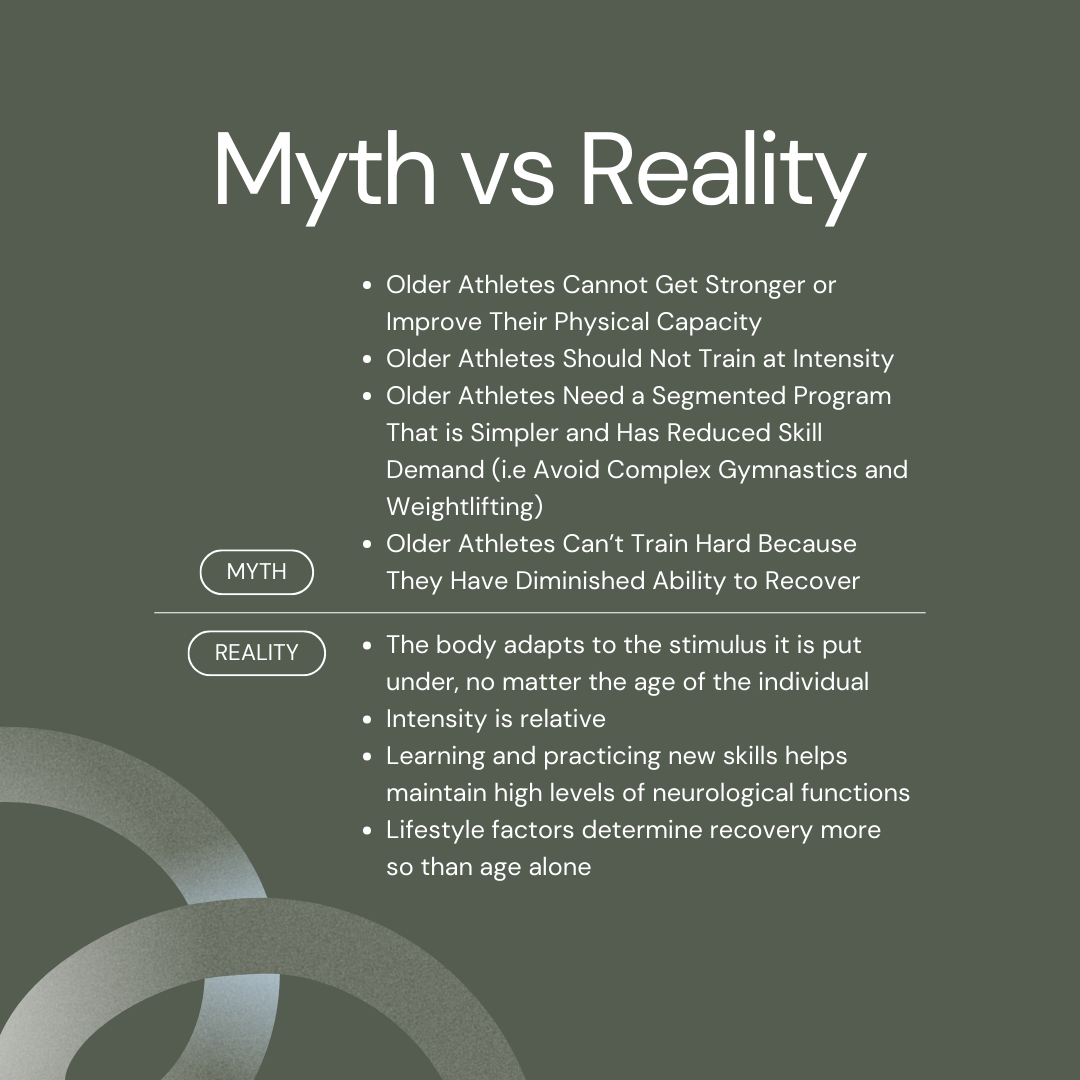
The first myth CrossFit mentions is that “Older Athletes Cannot Get Stronger or Improve Their Physical Capacity”. Many claim that as you get older, you get weaker. We know this isn’t true. We know that when we put our body through difficult work (regardless of age) our body adapts and attempts to become more capable. This myth also implies that it doesn’t matter what you do, you will just get weaker. Take a look at the CrossFit Games Masters division and tell me that they have gotten weaker since starting CrossFit. Those are some super fit and strong athletes who only seem to be getting fitter.
Our second myth is “Older Athletes Should Not Train at Intensity”. This is blatantly and outrightly false. Intensity is relative. My intensity is not and will not be the same as Games athletes, grandma and grandpa’s intensity will not be the same as me. But when we all do the WOD, we are all gonna feel like we pushed at the same levels of intensity that we can manage. If that doesn’t make sense maybe this will - my intensity level 8 will be slower than a Games athlete’s level 8 but faster than grandma’s level 8, but we are all going at level 8. That is relative intensity. Not to mention that intensity is the driving factor behind what makes CrossFit so effective. As CrossFit says “Intensity is important within our program because it is the independent variable most commonly associated with maximizing the rate of return on favorable adaptation.” This essentially means that the more intensity we put forth, the more significant our fitness gains are. REGARDLESS of our age. Humans are adaptable creatures. The more appropriate stress we put on ourselves the more favorable outcomes we receive.
The third and fourth myths are that “Older Athletes Need a Segmented Program That is Simpler and Has Reduced Skill Demand (i.e Avoid Complex Gymnastics and Weightlifting)” and that “Older Athletes Can’t Train Hard Because They Have Diminished Ability to Recover”.
Aging athletes do not need a segmented program just as much as a young, spry 22 year old athlete doesn’t need a segmented program. As a matter of fact, aging athletes probably need MORE practice and work on complex gymnastics and weightlifting. This is one of my favorite things about practicing and learning complex gymnastics and weightlifting movements, and learning how to do them right. As we age, it becomes harder to learn these new skills and that is EXACTLY the reason why aging athletes need to do them. Will the aging athlete ever get a Ring Muscle-up? Maybe, but maybe not.
Quick story Time! I have taught Ring Muscle-ups and the progressions for it for years across my coaching career. One day (this was around a year and a half ago as of writing this) one of the older ladies at the gym asked me “why am I doing this? I’m not gonna do a Ring Muscle-up and I don’t care about doing this.” (what she wanted to do instead was a combination of some Banded Pull-ups and Push-ups instead - viable) I had to take a second and think. “Why am I telling her to do this? What does she gain from it? She isn’t going to do a Ring Muscle-up, the progression doesn’t necessarily build strength like practicing Strict Pull-ups and Dips.” I agreed with her and let her do what she wanted, but something didn't sit right. Later, I went through the training guide and journal articles searching for answers. Eventually I found an appropriate answer. By practicing these skills, she is gonna be able to maintain the neurological ability to learn new skills or maintain her ability to perform current skills at a high level as she ages. She is going to be able to move her shoulders through ranges of motion to keep her upper body stronger and more stable. She is going to get better at that movement and over time be able to increase her intensity of said movement. I told her those things and I could see the gears turn in her head and a twinkle in her eye as she realized what that meant. She knew that she had a choice - to “use it or lose it” - she decided that she wanted to use it. I would love to say that she is now doing Ring Muscle-ups, but that isn’t her goal. Nonetheless, she has told me multiple times since then how she is more willing to practice new skills and progressions because of how it will keep her mind and body young. To top it off, she told me something that really hasn’t ever left my mind. She said that she is afraid of losing the ability to do stuff as she gets older. I told her that doing CrossFit and constantly practicing and improving new skills helps avoid that.

Looking at the recovery myth, research isn’t very clear on if that actually happens. Research has shown that athletes who train regularly do have diminished recovery in ages over 70 years but that that is also consistent with a decline in VO2 max. If we change our focus to sedentary individuals then that degradation of recovery begins much earlier which suggests that it isn’t age that affects recovery but fitness levels and lifestyle factors. The lifestyle factor is a huge component. All individuals need to focus on recovery and methods to improve recovery. As aging occurs it is easy to forget that lifestyle factors affect recovery. Poor eating and sleeping habits, inadequate time spent de-stressing, etc. which can all lead to poor recovery. Yes as aging occurs there is eventually metabolic decline that affects recovery, but it is rarely the limiter. Instead, really focus on what practices are being done to aid recovery! If all those things are dialed in (i.e. very good nutrition practices, proper amount of actual sleep, hydration, mobilization, etc.) then we can begin to look at other components of the programming to address poor recovery.
One last thing. Things do begin to slow down as we age and we all accept that as natural. The problem isn’t that it doesn’t happen though. The problem is when it happens (most often at too young of an age) we accept that as the norm. For aging athletes, it takes much much much longer for the effects of aging to take place. CrossFit helps push back against those plagues and allows individuals to live longer, healthier and happier lives.
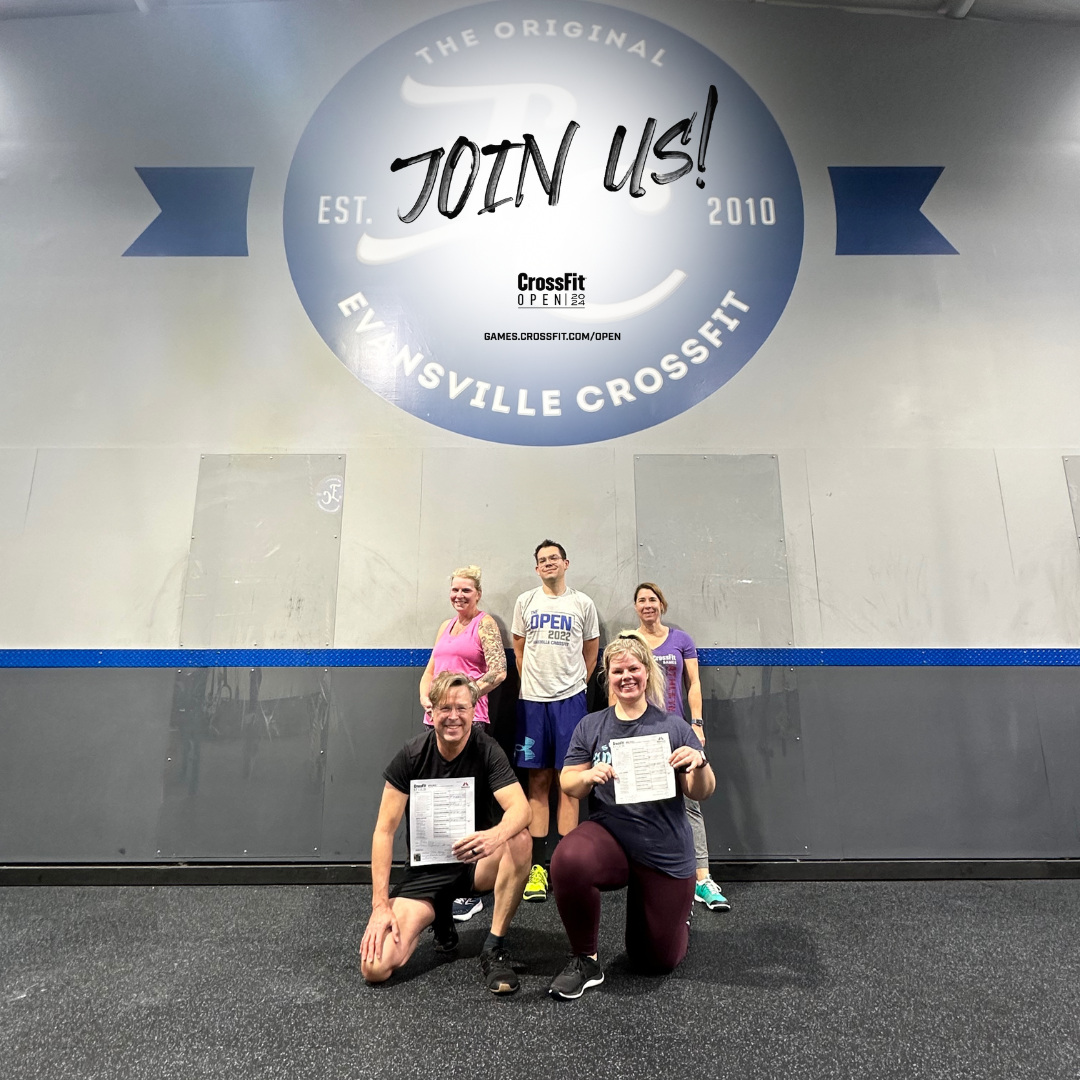
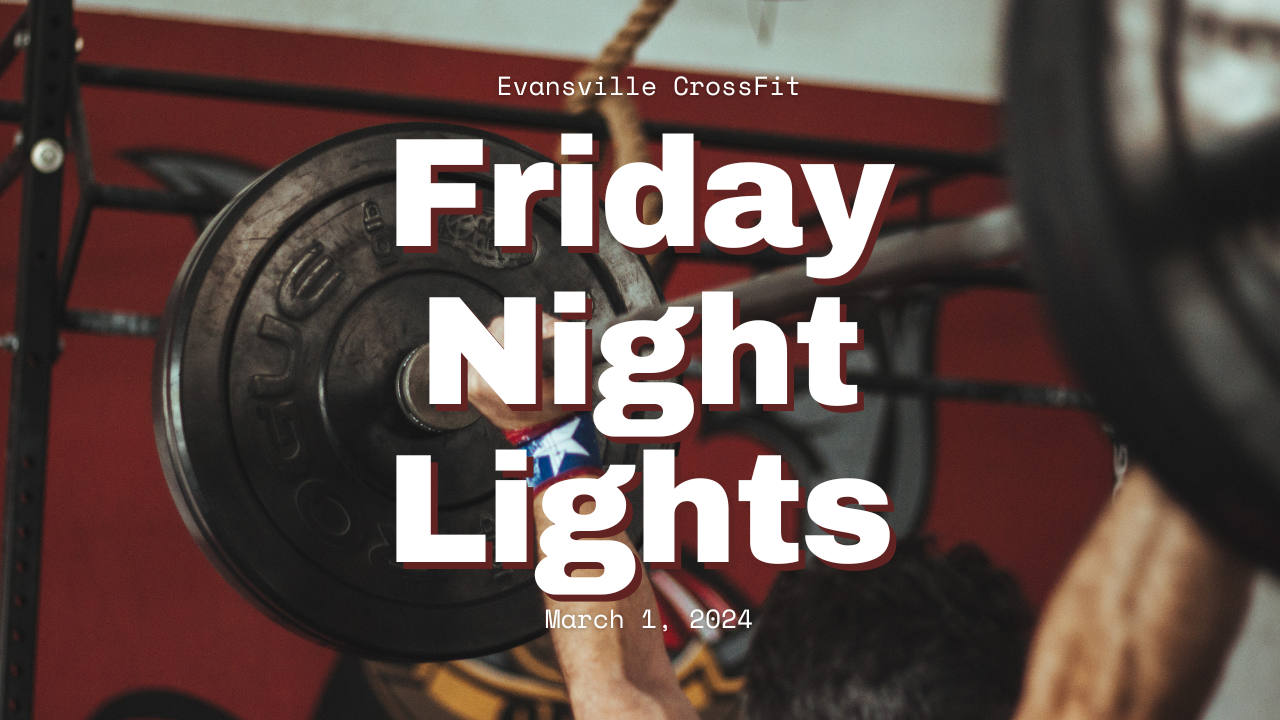
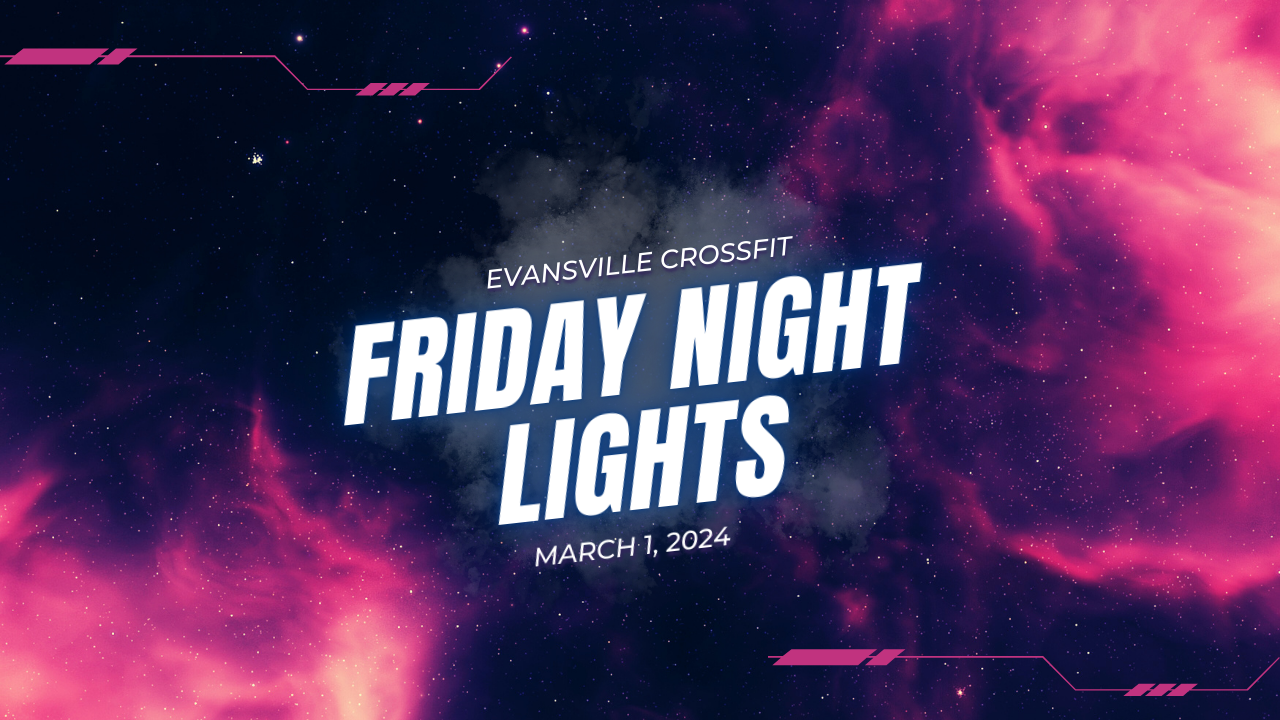

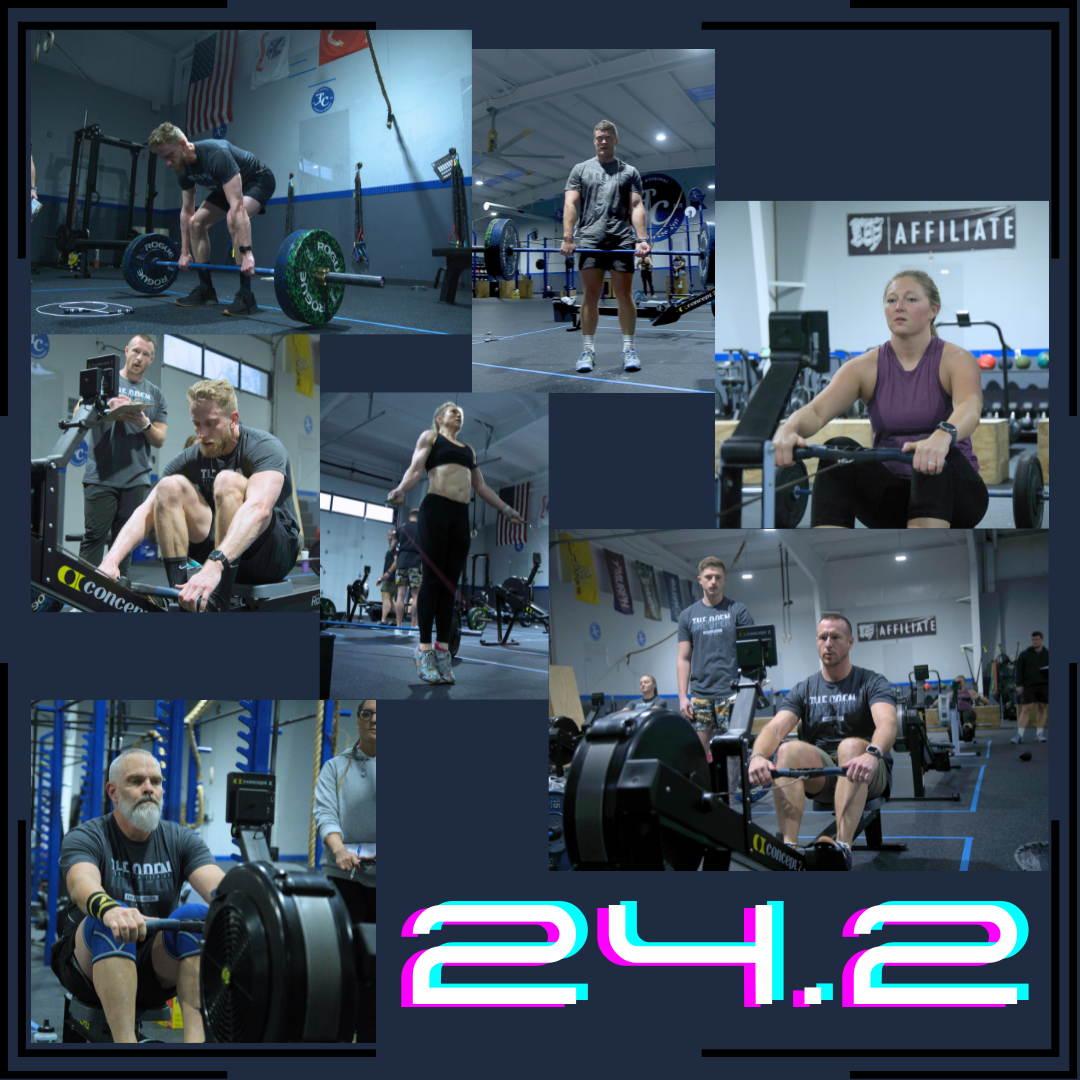
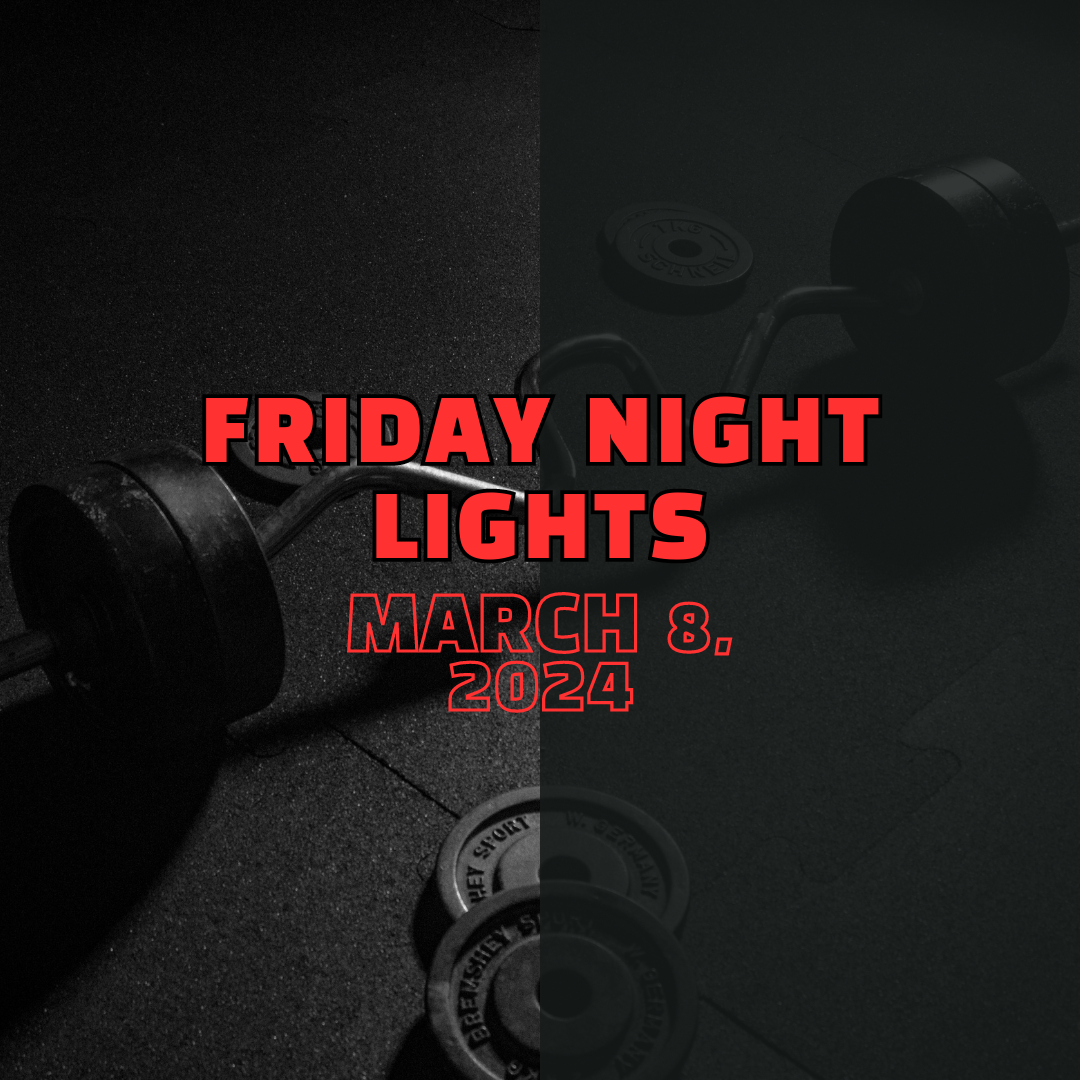
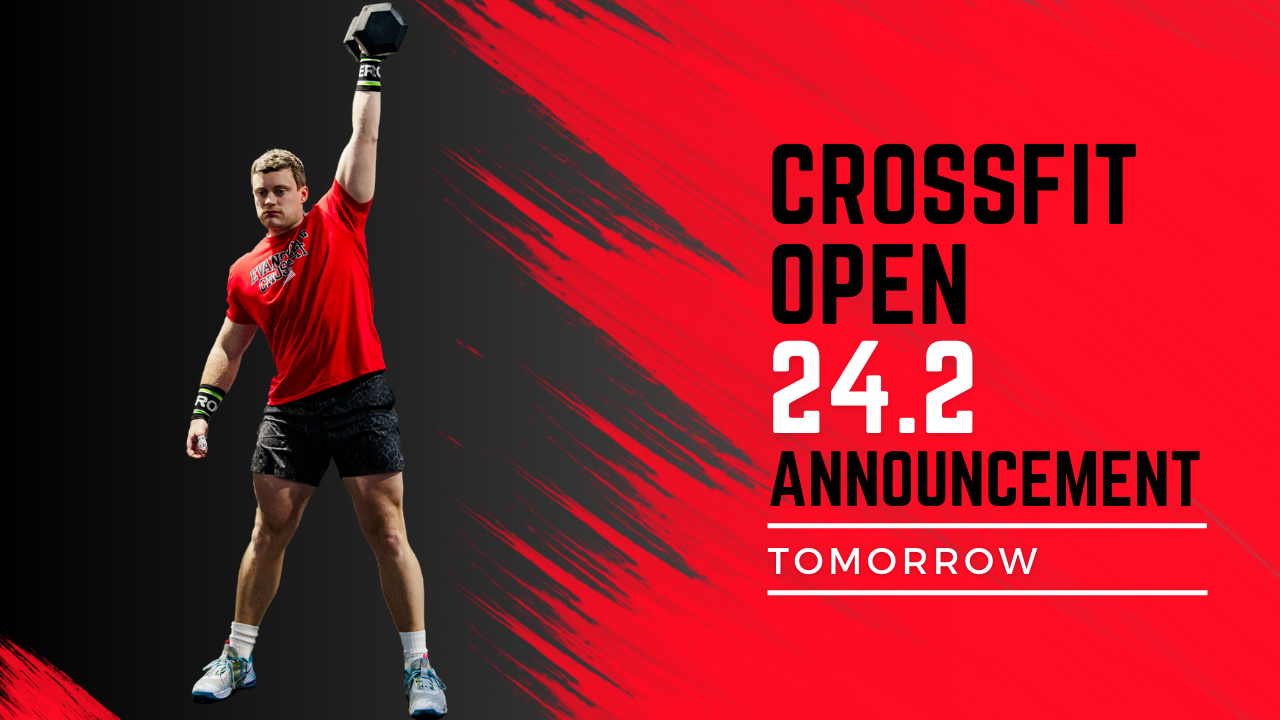
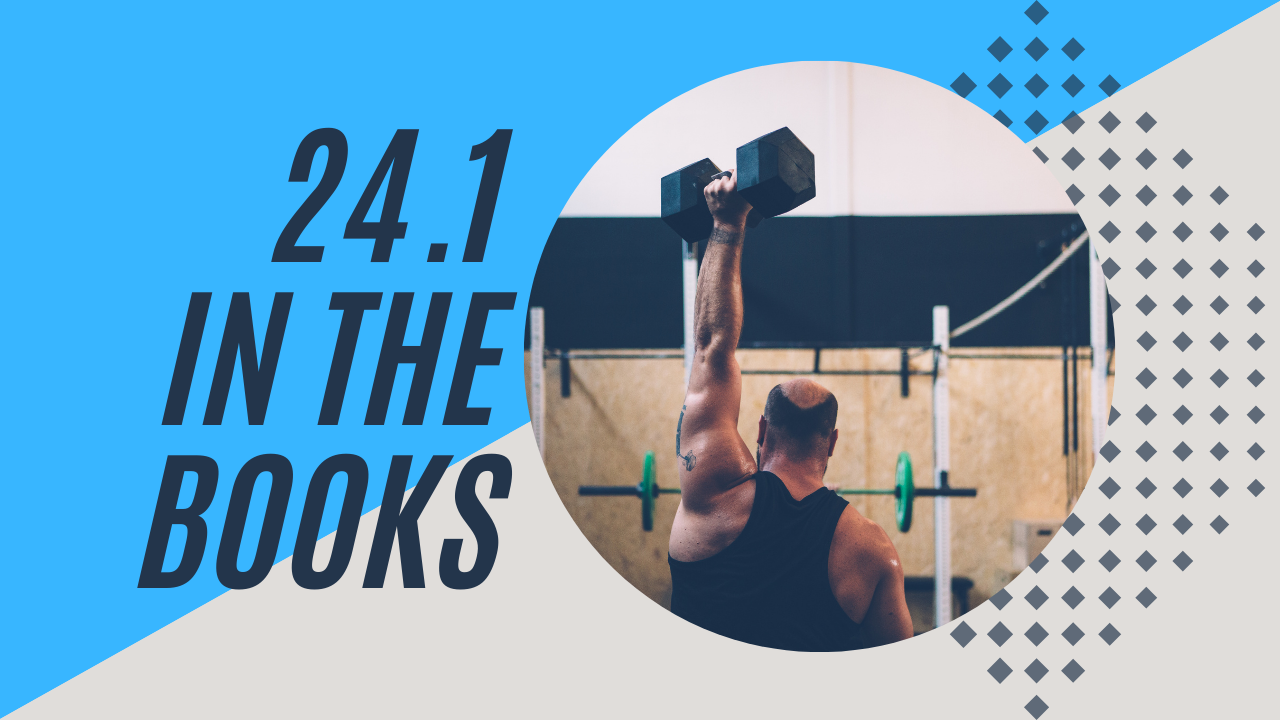
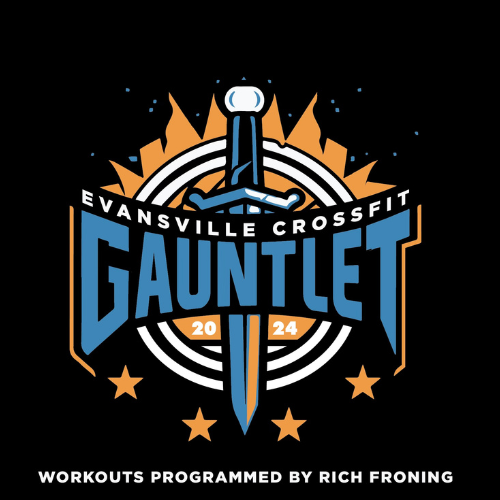
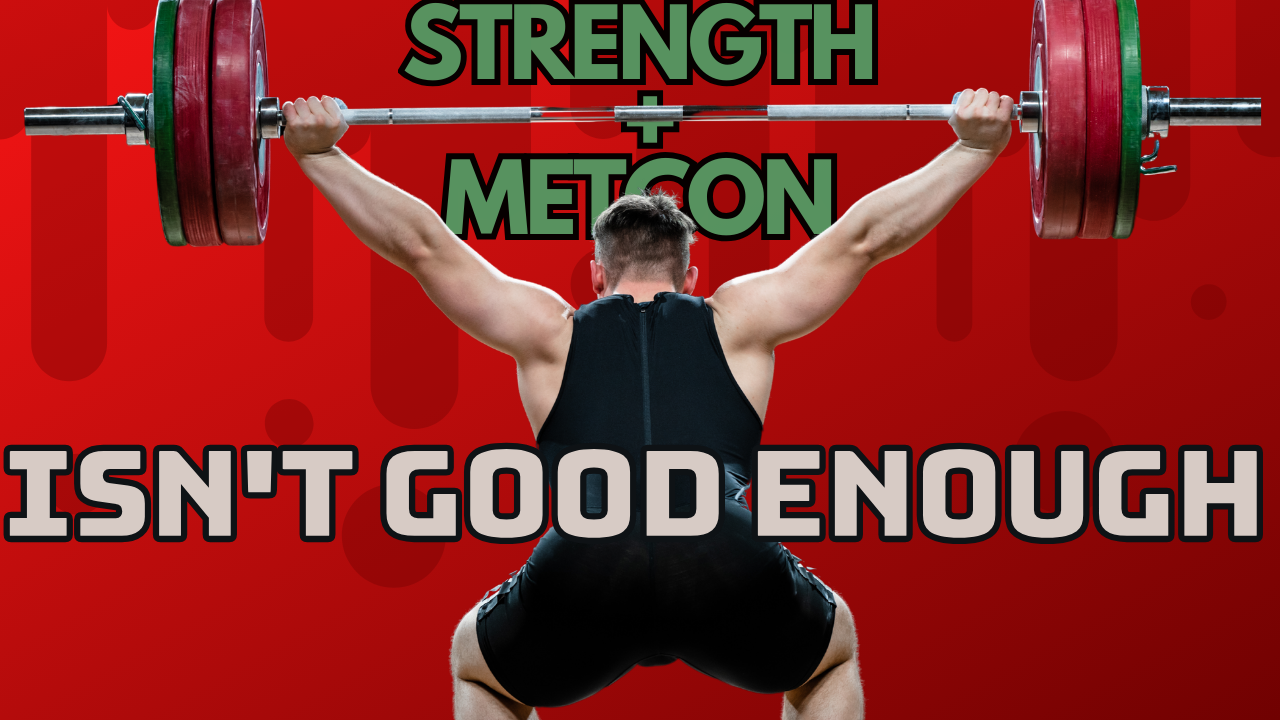
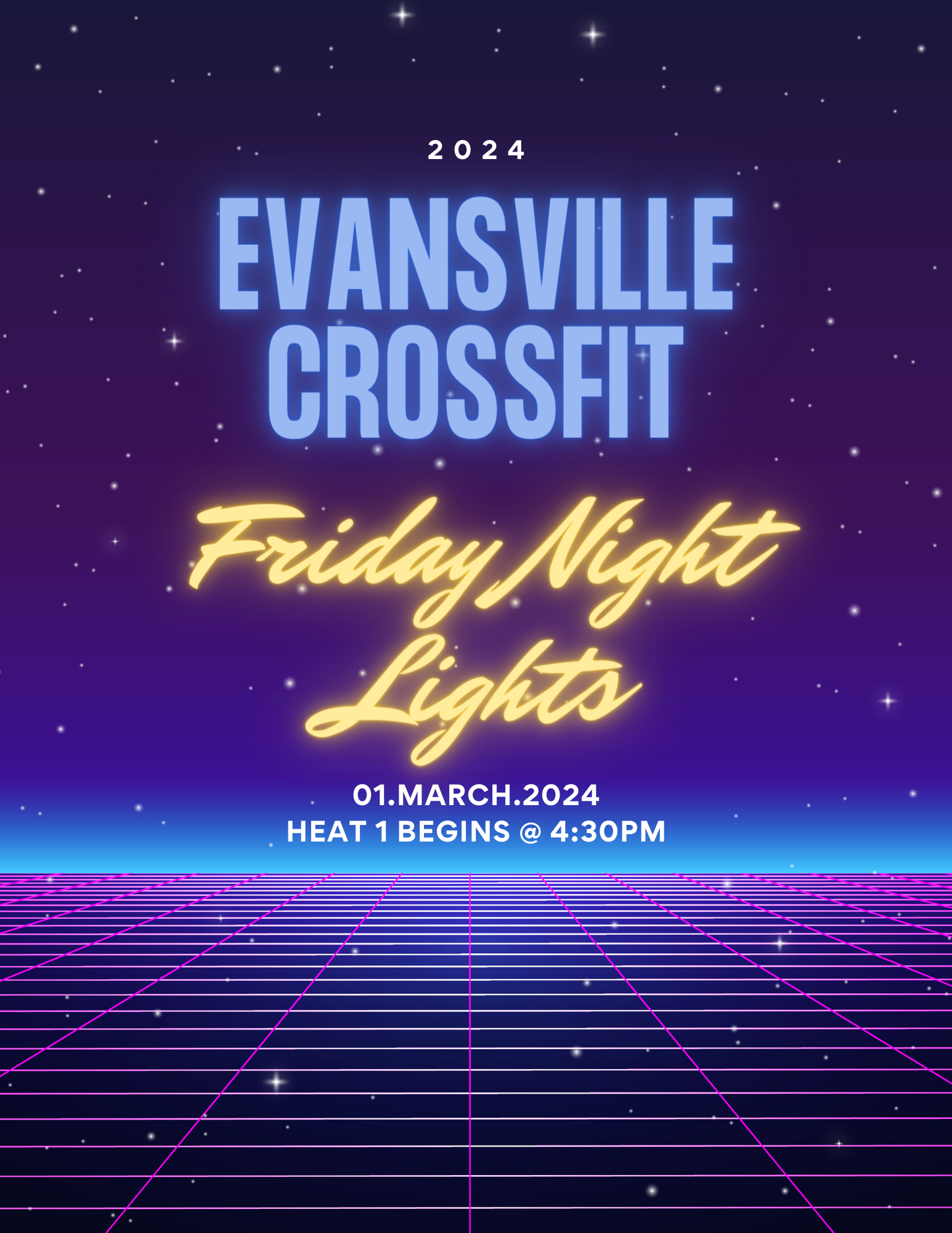
Share On: